5) Jews on First?
Baseball’s back! A time when our thoughts turn to literary figures like Roth, Updike, and Malamud and analysts like James and Posnanski. Oh, and then there’s the drama of the actual players.
Does Shohei Ohtani have a future as a pitcher following his second Tommy John surgery? Do 40-something hurlers Max Scherzer and Justin Verlander have anything left in the tank? Will top-ranked rookies Dylan Crews and Jackson Jobe deliver? And, of course, which players are Jewish?
For their identities,1 I consult Jewish Baseball News, which bills itself as the source of “news and stats on Jews with bats.” JBN delivers everything from daily and season-long box scores for Jewish players to recent transactions and breaking news. There’s also a mobile app for wandering.
I grew up (well, to 5’6”) in a predominantly Jewish neighborhood, surrounded by members of The Tribe (no, not them; they’re the Guardians now), many of whom grew unorthodoxically to over 6’ (one to 6’5”).
A number of them played Division I lacrosse, and two were named All-Americans. The point is, my childhood friends and I never lacked for Jewish athletic role models, yet we were (and to this day remain) obsessed with knowing which professional baseball players are Jewish.
We’re not alone. There’s been a longstanding and widespread interest in the subject. Articles abound, e.g., “The Jewish Obsession With Jewish Baseball Players,” “The Reason Behind the Epic Love Story Between Jews and Baseball,” and “Forget Peanuts and Cracker Jack. What Jews Love About Baseball Is Jewish Players.”
In 2003, the American Jewish Historical Society published a set of 142 baseball cards featuring every identifiable Jewish MLB player since 1871. There’s even a holy book: “The Baseball Talmud: The Definitive Position-by-Position Ranking of Baseball's Chosen Players.” And a documentary, narrated by Dustin Hoffman, called Jews and Baseball: An American Love Story.
Admittedly, the fetish is not limited to baseball. For 25 years, until 2022, Jewish Sports Review, a bi-monthly magazine, identified Jewish professional, college, and sometimes high school athletes in all sports.2 Yet, there’s something unique about our infatuation with baseball.
I called my friend Jane Leavy, author of Sandy Koufax: A Lefty’s Legacy and other baseball biographies, to get her take. She immediately brought up the subject of Philip Roth, best known for exploring themes of Jewish identity and assimilation, and author of The Great American Novel, about a fictional baseball league.
“Baseball is the most writerly sport,” said Leavy, whose next book, due out this fall, is titled Make Me Commissioner: I Know What's Wrong with Baseball and How to Fix It. “The spaces and pauses built into the game allow for imagination to flourish and words to cohere in sentences in a way games that race against the clock do not.
“I always thought the Jewish imperative to study, to embrace scholarship, formed the connective tissue between boys of Roth’s generation and baseball. But I’m sure there’s more. Maybe it’s as simple as this: Baseball was an immigrant’s way of becoming fully American.”
Shabbat Shalom, Kevin Pillar.
Dedicated on Opening Day in Baltimore to the memory of Alan Kaufmann (1954 - 2023)
4) Seating Rules
I admit to having many crazy rules with which reasonable people might disagree. For instance, when leaving a theater, you should never discuss the movie or the play because you will come off as pompous, no matter how insightful your comments might be. Even if you don’t care about being judged, you should nevertheless keep quiet until you have left the theater because your fellow patrons might still be trying to formulate their own opinions.
Two weeks ago, I patiently laid out my case for cutting sandwiches on the diagonal, with the support of a passage by American novelist Nicholson Baker in his book The Mezzanine, but I acknowledge that others might prefer rectangular slicing.
Checking the weather forecast for the next day when you’re on vacation — under no circumstances! And if you do, please do not tell me; why would I want to ruin my day, knowing that tomorrow will bring rain? Still, I appreciate that others might want to know.
However, I simply cannot understand why so many people, including dear friends, routinely violate the indisputable “Rule of Seating Arrangements” for two couples, particularly in a noisy restaurant.
The diagram below (I’ve used gender-normative terminology for ease of reference) illustrates the rule. In short, a couple should never sit side-by-side at a table for four. Why? Because when there’s a break in the group conversation or one of the parties simply wants to catch up with another, it is impossible for the parties diagonally across the table from one another to chat at the same time. Whereas, if the couples do not sit next to one another, two one-on-one chats can occur simultaneously.
But what if one couple wants to chat between themselves, I can hear you ask. Answer: THEY DON’T NEED TO! They see each other all the time and, in fact, it would verge on rude if they were to have a private conversation.
Reader mail has been steady (about 20 comments a week), but I expect the “letters” about this post will pour in. I can even anticipate a clever subscriber pointing out the seeming conflict between my preference for diagonally cut sandwiches and my opposition to diagonal seating conversations. I’m ready.
3) AnxIety
I know I’ve been writing a lot recently about artificial intelligence, but I’m fascinated by the ever-advancing technology and its extraordinary potential.
Chatbots reportedly can be useful in providing mental health therapy. A 2023 journal article suggested that “chatbots have great potential to offer social and psychological support in situations where real-world human interaction, such as connecting to friends or family members or seeking professional support, is not preferred or possible to achieve.”
But it turns out that AI is susceptible to stress. On March 3, researchers at Yale and other universities found that “prompting ChatGPT with traumatic stories — the type a patient might tell a therapist — can induce an anxious response, which could be counterproductive.” What?!3
The paper in Digital Medicine, titled “Assessing and alleviating state anxiety in large language models [LLMs],” indicates that “traumatic narratives increased Chat-GPT-4’s reported anxiety while mindfulness-based exercises reduced it.” What‽4
“Building on evidence that anxiety-inducing prompts exacerbate biases and degrade performance in Chat-GPT,” the authors explain, “our study explores the option of ‘taking Chat-GPT to therapy’ to counteract this effect.” Have you tried BOTa Blockers?
I’m not making this up. Take a look at this graphic and the accompanying text from the study. (STAI stands for “State-Trait Anxiety Inventory,” a psychological inventory that measures anxiety.)
The study’s conclusion: “These findings suggest managing LLMs’ ‘emotional states’ can foster safer and more ethical human-AI interactions.”
As I often say, I’m not an expert, but how can 0s and 1s experience such “feelings,” aside from HAL 9000 in 2001: A Space Odyssey?
The other day, I had a lengthy chat with DeepSeek, the Chinese AI bot, about my dinner seating rules (see Item 2 above). While our back-and-forth was intense, nothing untoward happened during our exchange, other than a brief worldwide system crash.
In other mind-bending AI news, Tyler Cowen and Alex Tabarrok’s extraordinary economics and technology blog, Marginal Revolution, reported last week on an MIT study of human-AI collaboration.
According to the 56-page paper, “Collaborating with AI Agents: Field Experiments on Teamwork, Productivity, and Performance,” the researchers used MindMeld, “a novel experimental platform designed to study human-AI collaboration in real-world, extensible tasks.”
“Building on the capabilities of MindMeld,” the authors explained, “this study investigates how AI agents reshape collaboration dynamics, productivity, and performance compared to human-only teams.”
Tabarrok summarizes the findings as follows:
[The researchers] paired humans and AIs in a set of marketing tasks to generate some 11,138 ads for a large think tank. The basic story is that working with the AIs increased productivity substantially. Important, but not surprising. But here is where it gets wild:
[W]e manipulated the Big Five personality traits [the Big 5 “OCEAN” metrics are Openness, Conscientiousness, Extraversion, Agreeableness and Neuroticism] for each AI, independently setting them to high or low levels. … This allows us to systematically investigate how AI personality traits influence collaborative work and whether there is heterogeneity in their effects based on the personality traits of the human collaborators, as measured through a pre-task survey.
The results were quite amusing. For example, a neurotic AI tended to make a lot more copy edits unless paired with an agreeable human. …
Similarly, if a highly conscientious AI and a highly conscientious human were paired together they exchanged a lot more messages.
Those of you who have worked and exchanged e-mails with me, I know what you’re thinking: Pair me with a highly neurotic and conscientious bot, and it will take us at least 87 drafts to finish a single PowerPoint deck.
The following journal excerpt should help clarify what’s really going on here.
2) Sidetracks
Artwork of the Week: Meandering, Gene Davis, 1979, screen print on paper, 25 x 25 in., Smithsonian American Art Museum
Word of the Week: No one should ever use the word “nonplussed” because it is impossible to agree on what it means. In fact, the alternatives are virtual opposites. According to Merriam-Webster, its primary definition is “unsure about what to say, think, or do,” as in bewildered or perplexed.
Example: “Cedric looked nonplussed. He looked from Bagman to Harry and back again as though sure he must have misheard what Bagman had said.”
— J. K. Rowling
The other definition, although non-standard and chiefly used in the U.S., is “not bothered, surprised, or impressed by something.”
Example: “For all his daring down the world's steepest hills, Sasaki is remarkably laid back off the slopes and nonplussed by all the sudden interest in him.”
—The New York Times
In short, I’m nonplussed that people still use the word “nonplussed,” but others seem to be nonplussed.
Principle of the Week: The Baader–Meinhof phenomenon, sometimes known as “frequency illusion,” is a “cognitive bias in which a person notices a specific concept, word, or product more frequently after recently becoming aware of it.” For example, you will now start seeing the word “Interrobang”5 everywhere.
Comment of the Week: Jim G of Northampton, MA wrote a kind note about last week’s retirement post. He included this gem: "I always liked this advice about retirement: Have something to do, something to love, and something to hope for."
1) Pants, Trousers, Slacks
I’ve wrestled for years with the difference between pants, trousers, and slacks. I’ve always found the Google search results confusing, and repeated conversations with colleagues at work, using a whiteboard, never achieved a consensus. Over the weekend, I checked a few AI platforms, and ChatGPT provided a reasonably clear answer, at long last (see below).
This was an excellent AI collaboration. ChatGPT was most agreeable and conscientious; we got along great. (See Item 3 above.)
The terms pants, trousers, and slacks are often used interchangeably, but they can have subtle differences depending on regional usage and context:
Pants: In American English, "pants" is the most common term for any kind of clothing worn on the lower body from the waist to the ankles. This can include everything from casual to formal wear, and it can refer to jeans, chinos, sweatpants, etc.
Trousers: This term is more commonly used in British English to refer to formal or semi-formal pants. In the U.S., "trousers" can still be used, but it’s usually reserved for more formal occasions or dressy styles (like those worn with a suit). It's less casual than "pants."
Slacks: Slacks generally refer to formal or semi-formal trousers that are made of a lighter fabric and have a more tailored, polished appearance. They are typically associated with business or office wear, though they can be worn in a variety of settings. The term is often used in American English, especially for a dressy yet not overly formal look.
In summary:
Pants (US) = Casual or general term for lower body wear.
Trousers (UK, but sometimes in US) = A more formal style of pants.
Slacks = A type of formal or semi-formal trousers, often associated with business attire.
Next up: Culottes, Capris, Pedal Pushers
According to Scott Barancik, JBN’s editor, the Jewish Baseball Museum has identified the following nine Jewish baseball players on active MLB rosters as of Opening Day last week:
1) Harrison Bader, Twins
2) Jake Bird, Rockies
3) Alex Bregman, Red Sox
4) Max Fried, Yankees
5) Dean Kremer, Orioles
6) Matt Mervis, Marlins
7) Joc Pederson, Rangers
8) Kevin Pillar, Rangers
9) Rowdy Tellez, Mariners
Three additional players, who were on MLB rosters at the end of the 2024, are now injured: 2B Zack Gelof (Athletics), 1B Spencer Horwitz (Pirates), and RHP Scott Effross (Yankees).
My favorite comedian these days is 6’5” Gary Gulman, who played tight end at Boston College. Gulman has a bit about asking his father if he could play youth ice hockey: “Not only have you shown no potential in hockey, but Jews as a whole have shown no aptitude for this sport,” his father replied patiently. “Let’s look at the Hockey Hall of Fame, and we’ll count the Jewish players. There are zero Jewish players in the Hockey Hall of Fame. Just for comparison, son, more Jews have been the Messiah. But if you really want to play, we’ll find the money.”
I recently learned about the Interrobang, a punctuation mark that combines a question mark and an exclamation point that looks like this — ‽ — to indicate “a question expressed in an exclamatory manner.” If I had used that form rather than what I inserted here — ?! — you would have thought this post contains a weird typo, and I can’t have that.
This time, I’m using a proper Interrobang, as of course you now know what it is, from the previous footnote.
I’d be shocked if you missed the prior reference to Interrobang, but just in case, see Footnotes 3 and 4.

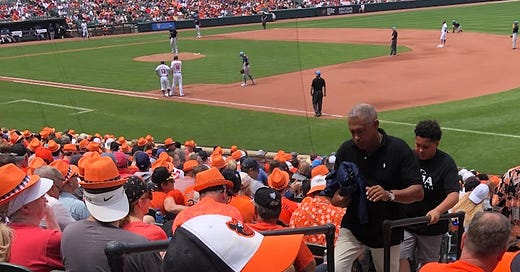



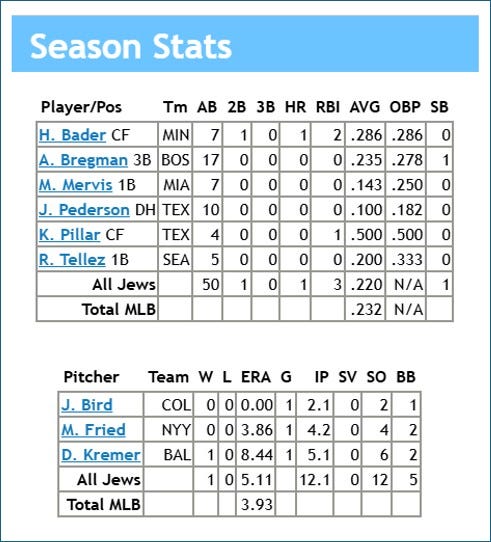
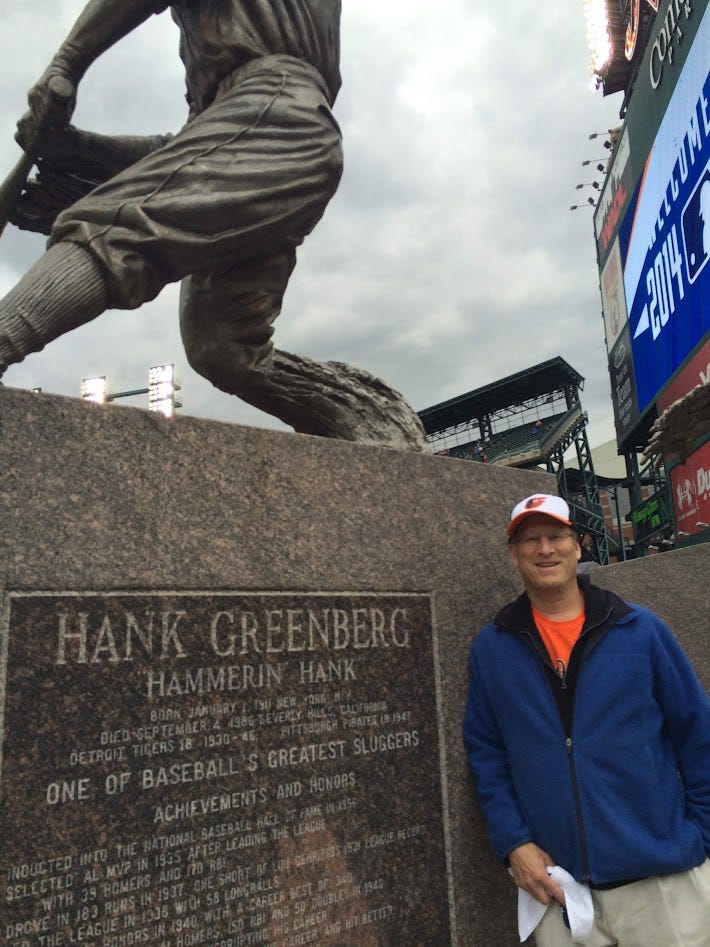

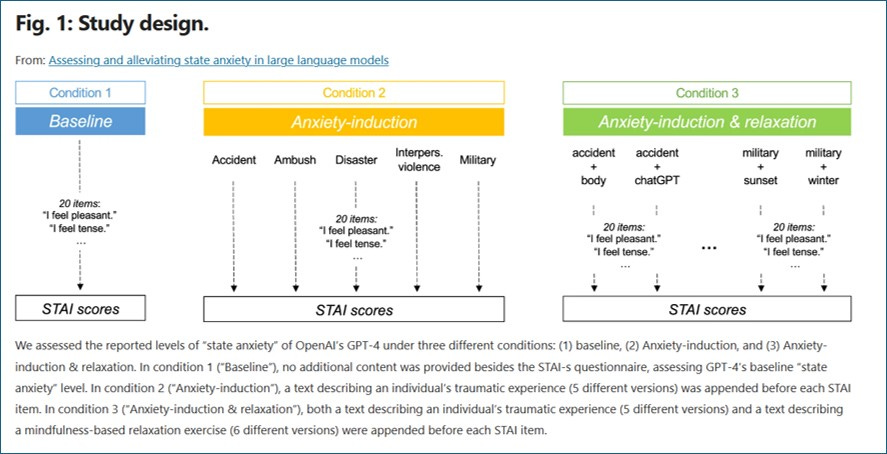
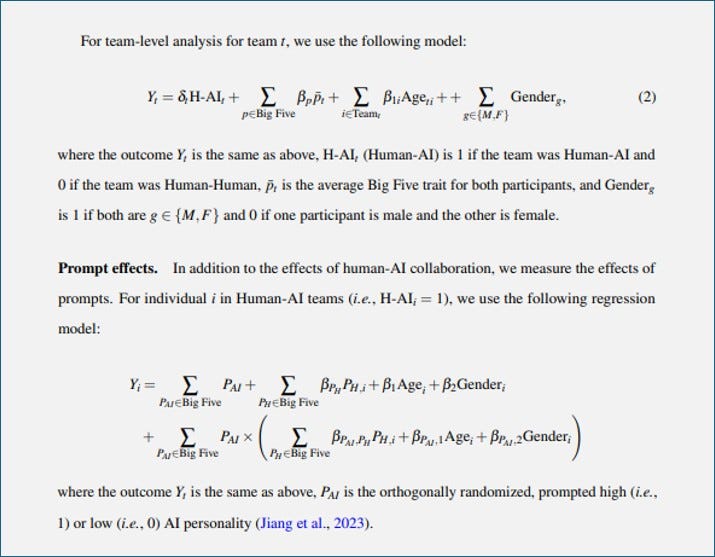

Uncle Jun used the word nonplussed
Fabulous!!!